How to address deforestation in urban environments

According to a study, published in 2018, United States cities lose more than 36 million trees per year.
The evidence from a 5-year investigation shows that the tree coverage in U.S. urban areas is constantly reducing at a rate of 708.2 km2 which is equivalent to a loss of 36 million trees, annually.
According to David Nowak, lead author of the study and senior US Forest Service scientist, human activities do not account for the entire forest loss. Natural disasters, including fires, tornadoes, hurricanes or even plant diseases have resulted in reducing the tree cover.
Nevertheless, Mr. Nowak emphasizes the fact that imprudent infrastructure development has impacted the phenomenon. "We see the tree cover being swapped out for impervious cover, which means when we look at the photographs, what was there is now replaced with a parking lot or a building," he stated.
Tree cover is crucial especially in urban environments where concrete buildings tend to absorb vast amounts of solar heat dramatically increasing the temperature. Another study has proved that trees can reduce the temperature in cities by 10 degrees Fahrenheit creating a beneficial cooling effect. This effect is noticeable to the scale of a single block. "Every time we put a road down, we put a building and we cut a tree or add a tree, it not only affects that site, it affects the region," Mr. Nowak added.
A tree network established in an urban environment is a challenging task to accomplish. Planting trees all over the city is not a viable solution as it would hamper everyday life. "You don't want a tree in the middle of a baseball field. It's very difficult to play sports if you have trees in the way. Or trees in the middle of freeways," Mr. Nowak, commented. For this reason, communities should design and establish tree canopies that will be preserved by official organizations. In order for the canopy to provide its full cooling benefit, it should exceed 40% of the total area of interest.
The most beneficial effects the trees provide are:
- 96% protection from UV radiation
- Heat reduction also associated with a reduction in energy emissions
- Air pollution reduction
- They act as water filters improving its quality
- Flood control as their routes absorb water from rainfalls
- They benefit mental and physical health
- Sound deflection which leads to noise reduction
- Aesthetics improvement
Source: CNN US Northern Research Station
Sources: CNN, US Northern Research Station
Want to read more like this story?

The Population of Trees Has Halved Since Man Discovered Ax ...
Sep, 04, 2015 | NewsA survey conducted by an international team of scientists reveals the negative impact of humans on t...
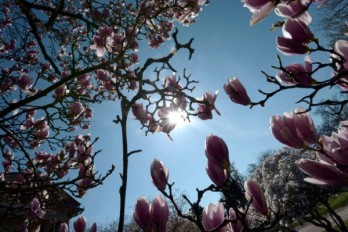
Trees On Strike !
Sep, 25, 2015 | NewsThe trees absorb large amounts of carbon dioxide in the atmosphere. The trees absorb large amounts...
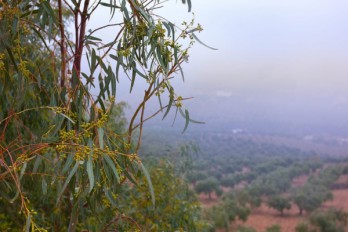
How will trees cope with ever-rising temperatures and extreme heatwaves?
Mar, 09, 2018 | NewsAustralian researchers have made an interesting new observation Australian researchers have made an...
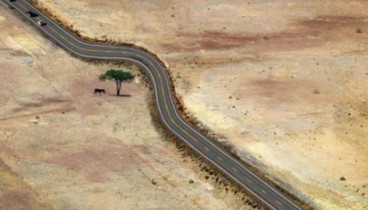
Photos of unique ways to integrate nature into the built environment
Jan, 28, 2016 | NewsA series of photos show how houses and civil infrastructure has made room to accommodate living tree...
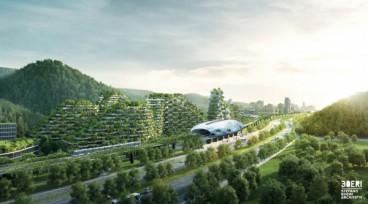
The world’s first ‘forest city’ in China joins the fight against air pollution
Feb, 09, 2018 | NewsThe plan calls for terraced buildings with almost a million plants and 40,000 trees that will annual...
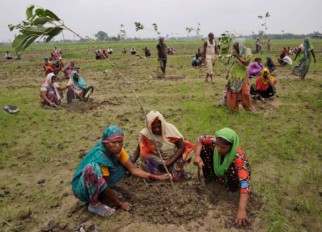
An Indian state planted 50 million trees in just 24 hours last week
Jul, 26, 2016 | NewsUttar Pradesh state and the 800.000 volunteers involved hope to shatter the world record Uttar Pr...
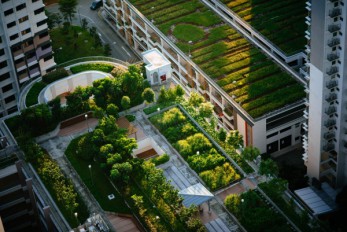
How to reduce temperature in urban environments
Jul, 29, 2019 | NewsA new study conducted by the Portland State examines how vegetation and reflective materials can low...
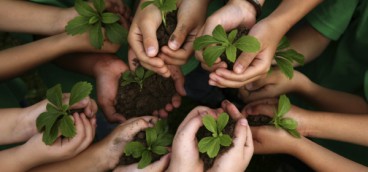
A Canadian clothing company plants 10 trees for every item they sell
Aug, 24, 2016 | NewsTheir strategy, apart from being profitable and sustainable, is also life-changing for the local env...

This artificial tree captures air pollutants 275 times more efficiently than a normal one
Aug, 10, 2017 | NewsIt was developed by a German start-up in order to fight air pollution It was developed by a German...
Trending

Vertical gardens in Mexico City to combat pollution

Saudi Park Closed After 360 Big Pendulum Ride Crashes to Ground, 23 injured

Characteristics of Load Bearing Masonry Construction

Taipei 101’s impressive tuned mass damper

Dutch greenhouses have revolutionized modern farming

Federal court rules Biden’s offshore drilling ban unlawful


